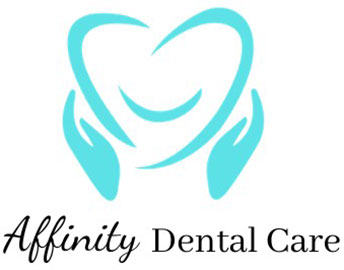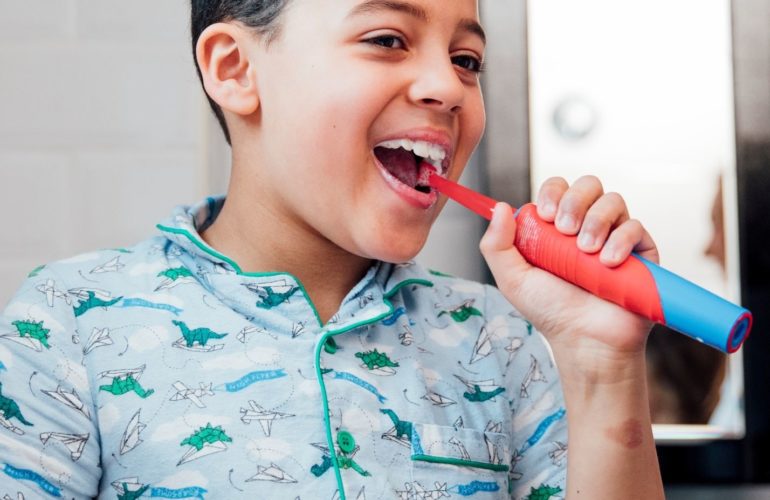My last blog talked about the many dental specialties and their focuses. Conventional allopathic institutes like the American Dental Association and the National Examination Board of Canada do not recognize homeopathic, holistic dentists and biological dentists. However, numerous organizations and institutes promote and provide courses and certifications through continuing education focusing on their unique interests and philosophies.
So what is holistic, biological dentistry, alternative or even natural dentistry? When you look up the definitions online, you will find that they vary from one holistic dentist to another. According to the Merriam-Webster dictionary, holism is a “study or method of treatment that is concerned with wholes or complete systems.” So holistic dentistry is not a specialty in alternative methods or using all natural healing power and substances to treat oral diseases. Unfortunately, no all-natural materials can be used to remove and fill a cavity as of the time of writing this blog. Holistic dentistry still uses X-rays to diagnose. We all use local freezing with chemicals like Lidocaine and Astracaines. In my opinion, holistic and biological dentistry is the principle by which a biological practitioner operates according to the belief that your oral health is fundamentally connected to your overall health and well-being. We understand that mouth problems can, and often do, affect other areas of the body and vice versa. Our mission is to treat and restore the natural health of your mouth while working in harmony with your entire body. In a word, we practice wholistic dentistry.
Generally, we are forward-thinking and thirsting for new skills and techniques. We advocate minimally invasive dentistry, seek to educate our patients, and always use safe, biocompatible dental materials. Many are trained to provide metal-free restorations, ceramic implants, and safe mercury removal protocols.
Biological dentists provide each patient with an individualized approach to care. We recognize that every patient is different and should be treated according to their specific needs.
Let us take a closer look at the nine critical features of a good biological dentist.
1. We are more than a drill, fill and bill tooth doctor
We recognize the mouth-body integration and use a holistic, whole-body approach to treat our patients. The signs and symptoms manifest in the mouth may have causes outside the mouth. Diseases found in the mouth can cause issues in the rest of the body. Many independent studies have shown the link between poor oral health and illnesses such as heart disease, diabetes, Alzheimer’s and complications during pregnancy.
On the other hand, diseases outside the mouth can show in the oral facial region. Blood cancer, like leukemia, often has manifestations in the mouth that can be mistaken as gum disease. Multiple myeloma can show in dental X-rays as bone lesions. Carotid artery atherosclerosis can be seen on a dental pantomogram. These are just some examples of how an excellent biological dentist can help and even save their patients’ lives by recognizing the diseases in the mouth.
We understand how a misaligned bite, breathing disorders and poor head and neck posture can account for health problems such as insomnia, headaches, ear aches, muscle aches and joint pain.
2. We use mercury-free and safe materials
Since what goes in your mouth can affect your whole body. We use safe, durable, non-toxic, biocompatible dental materials and oppose amalgam or mercury fillings. This commitment helps to reduce your toxic load and puts less burden on your immune system.
3. We perform mercury-safe amalgam removal
Although I do not advocate for patients to remove their existing silver fillings based on my philosophy of do no harm and conservative treatments, I perform safe mercury removal, like biological and holistic dentists.
Mercury is classified as a neurotoxin, albeit the silver mercury level does not usually lead to adverse health effects in the general population. Nonetheless, mercury fillings in your mouth continuously release small amounts of toxic vapour into your body every time you eat, drink, brush, clench your jaw, and so forth. Over time, exposure to these poisonous vapours may cause issues with your health.
When we remove silver amalgam fillings, we employ additional steps and techniques to be mercury safe during the silver filling removal process so that our patients would not swallow any silver filings or breathe in mercury vapour during the removal process.
4. Our emphasis is on education for prevention
When we find cavities in teeth, we do not just remove the decay and fill the holes up with white fillings. We want to discover what factors could contribute to the problem to prevent future recurrent tooth decay. If there is too much sugar and acid in the diet, we provide diet counselling. We provide oral hygiene instructions if it is because of inadequate tooth brushing and flossing knowledge. Suppose the patient is unaware of the interrelationship between bacteria and food debris in tooth decay and gum disease formation. In that case, we provide education on oral biochemistry and physiology in their disease processes.
We spent time during your appointment devoted to examination, explanation and education. We like to inform and educate our patients about the importance of the mouth-body connection and maintaining overall health.
5. We like minimally invasive Dentistry
We embrace practicing the least invasive dentistry when treatments are needed.
Some of these minimally invasive dental technologies are:
- Air Abrasion. Air abrasion can conservatively treat the early stages of tooth decay without drilling and help prepare teeth for restorations. It is noiseless, heat-less, and a minimally invasive alternative to drilling, so it usually does not require freezing.
- Ozone Therapy. Ozone is a powerful antimicrobial agent that kills bacteria on contact. Ozonized water therapy can treat gum disease and oral infections using only water and oxygen.
- Laser Therapy. Both diode and CO2 laser dental laser are effective, non-chemicals to kill bacteria. They can be used in the treatment of gum disease, to sterilize root canals, in the shaping of gum tissue in cosmetic dentistry and to perform frenectomy. Compared to drills and cutting tools, lasers are less invasive, more precise, and there is less pain, bleeding and swelling for the patient.
Regarding radiation, when taking dental X-rays, we adhere to the safety rule of as low as reasonably achievable. We not only use digital radiation that reduces the exposure to a lot less than the conventional X-ray films, but we also avoid exposure of our patients to radiation that does not help in diagnosis, even if the dose is small.
6. We perform evidence-based dentistry based on sound scientific studies.
We like to learn and seek out the newest knowledge and technologies for oral/dental disease treatment. Before we adopt the latest technologies, we critically analyze the validities and treatment outcomes objectively and scientifically. We read and study the materials to ensure they are safe and bio-compatible before we use them. Of course, we only adopt the minimally invasive dental technologies proven effective in restoring teeth and gums to optimal condition.
7. We like to save natural teeth.
Most biological dentists do not recommend root canal therapy for a tooth with pulpal disease and possible abscess or infection in the roots and their supporting bone. Their arguments and research citings are based on a few unsupported notions and pseudoscientific research results.
On the other hand, strong evidence and sound scientific papers support that a well-disinfected and detoxified root canal therapy can save the natural tooth and provide the least invasive, long-lasting treatment that benefits the patient the most. Instead of removing an abscessed tooth or using homeopathic remedies, I would give the patient the option of keeping the tooth that is both natural and disease-free tooth after the root canal treatment. There is strong evidence that homeopathic medicine does not cure an infected tooth.
On the other hand, endodontic treatment has a high success rate and many root canal-treated teeth last a lifetime. Below is the X-rays of the teeth with abscess before and with bone infilling of the infected voids after excellent and appropriate root canal treatment.


Before and after. The darker regions around the roots of the infected teeth disappear after the darker areas are filled with bone, just like the surrounding bony structures, because there are no more toxins and bacterial infections. Those are the actual cases of my patients.
8. We like to give our patients options
We like to walk the patient through the diagnosis and findings and provide the patient with the different possible treatment options, the pros and cons, and the fees associated with the alternatives.
We welcome questions and discussions before consent is made.
9. We are airway-centred and mindful of your wellness as well.
We screen patients for chronic upper airway congestion, large tonsils and acid reflux. The conditions often lead to mouth breathing, which negatively impacts teeth development, jaw growth, craniofacial discrepancy, temporal mandibular joint pain, myofascial muscle pain, poor posture and obstructive sleep apnea.
Young children with chronic mouth breathing conditions should be identified and classified according to the etiology in the examination process. Proper treatments and referrals can prevent a cascade of diseases in adulthood.
Affinity Dental Care is a holistic family practice in central Burlington, and our goals are to keep our patients healthy and feeling well. I will discuss fluoride in a separate blog in the future. It is another controversial topic among holistic dental practitioners, like root canal therapy.



